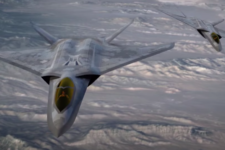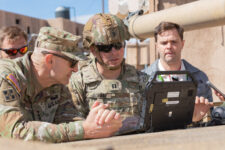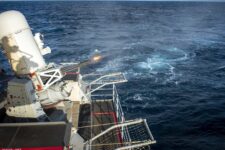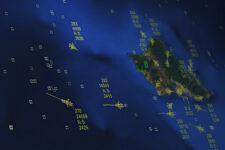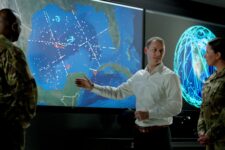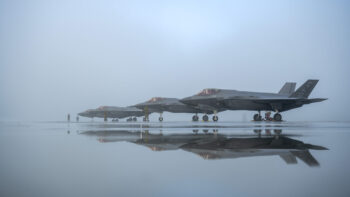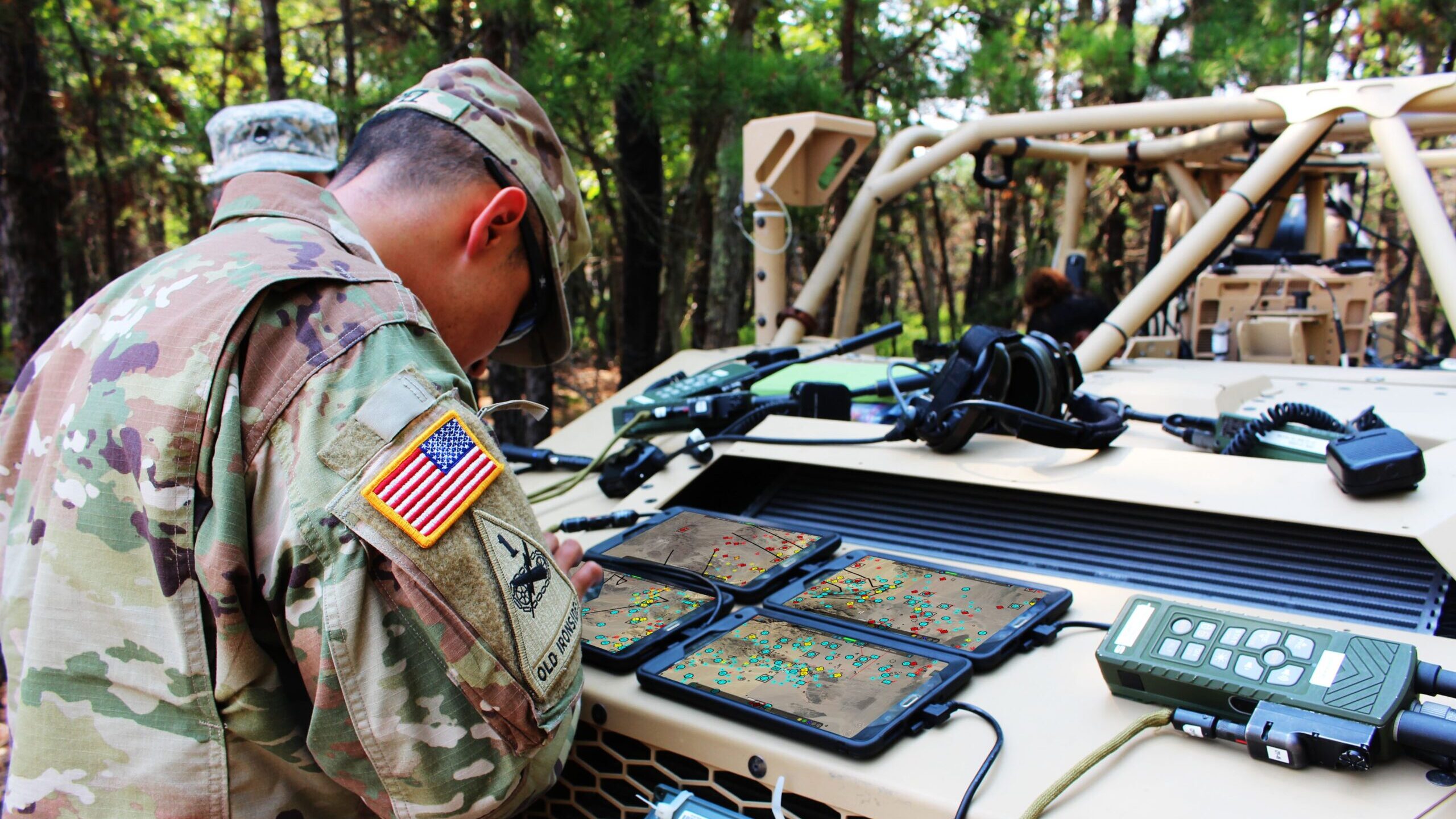
An Army soldier tries out a prototype network device during a 2018 test. (Army photo)
I/ITSEC 2022 — This fiscal year is going to be the “year of training” for the Defense Department, and the Pentagon’s official in charge of developing training policy across the joint force is teeing up several efforts to make that a reality, including standing up a new military executive steering group in the near future.
“So let me start by being very blunt. We are running out of time,” Caroline Baxter, deputy assistant secretary of defense for force education and training, said today at the I/ITSEC 2022 conference. “We are running out of time to rethink, to refresh and to transform military training… [Fiscal 2023] is really going to be the year of training in DoD. The engagement of leadership is really enabling my office to make some important and long overdue changes to the way that we approach and rapidly implement this shift.”
Within the next few months, a new military training executive steering group, which Baxter said will be a “three-star forum focused on designing and critically solving joint and tactical training challenges” will be established.
“We’re trying to create a new paradigm for governing with training, for making sure that all of these efforts that might seem disparate are synchronized, unified, and all marching at the same pace in the same direction with the same vector,” she said. “So if we’re going to have to train as we fight across all levels, that’s going to be pretty complicated. So let’s start at the leadership level. The amount of attention to training right now is really quite unprecedented.”
Baxter added that the war in Ukraine has shown why the training community needs to improve interoperability, saying no individual service or country will own the next fight.
“Just look at what’s happening in Ukraine, the coalition of countries that are sharing weapons and tools and training tactics and techniques,” she said. “Ukrainian soldiers are learning as they train. It’s really striking example of why we as the training community need to improve our interoperability and fast. Combined and joint training enhances our ability to plan and execute responses improves our capabilities and fosters security cooperation. So that’s one of the many reasons why we are working to include allies and partners in the next iteration of the [Joint Operational Training Infrastructure Strategy] going forward.”
Implementing the 2020 Joint Operational Training Strategy is one of many efforts on which Baxter’s office is focused, including partnering with the electromagnetic spectrum community to create realistic, contested and degraded EMS operations and fulfilling the EMS Superiority Strategy’s training and readiness goals. The office will also collaborate with DoD’s research and engineering office, academia and industry partners to develop low-cost threat emitters to create a realistic electronic warfare training environment.
A cross-service data collection strategy, created by Baxter’s office, is also being implemented and will feed into existing DoD policy and budget processes to “inform and drive actionable decision making,” she said.
Each of those initiatives will allow DoD to have a process to identify training gaps and coordinate current and future training activities and capabilities to fill them, Baxter said, while also allowing the training community “to continue focusing on great power competition without losing sight of those potential black swan events, as well as innovate ensuring data and requirements in the field feed into planning and acquisition pipelines.”

